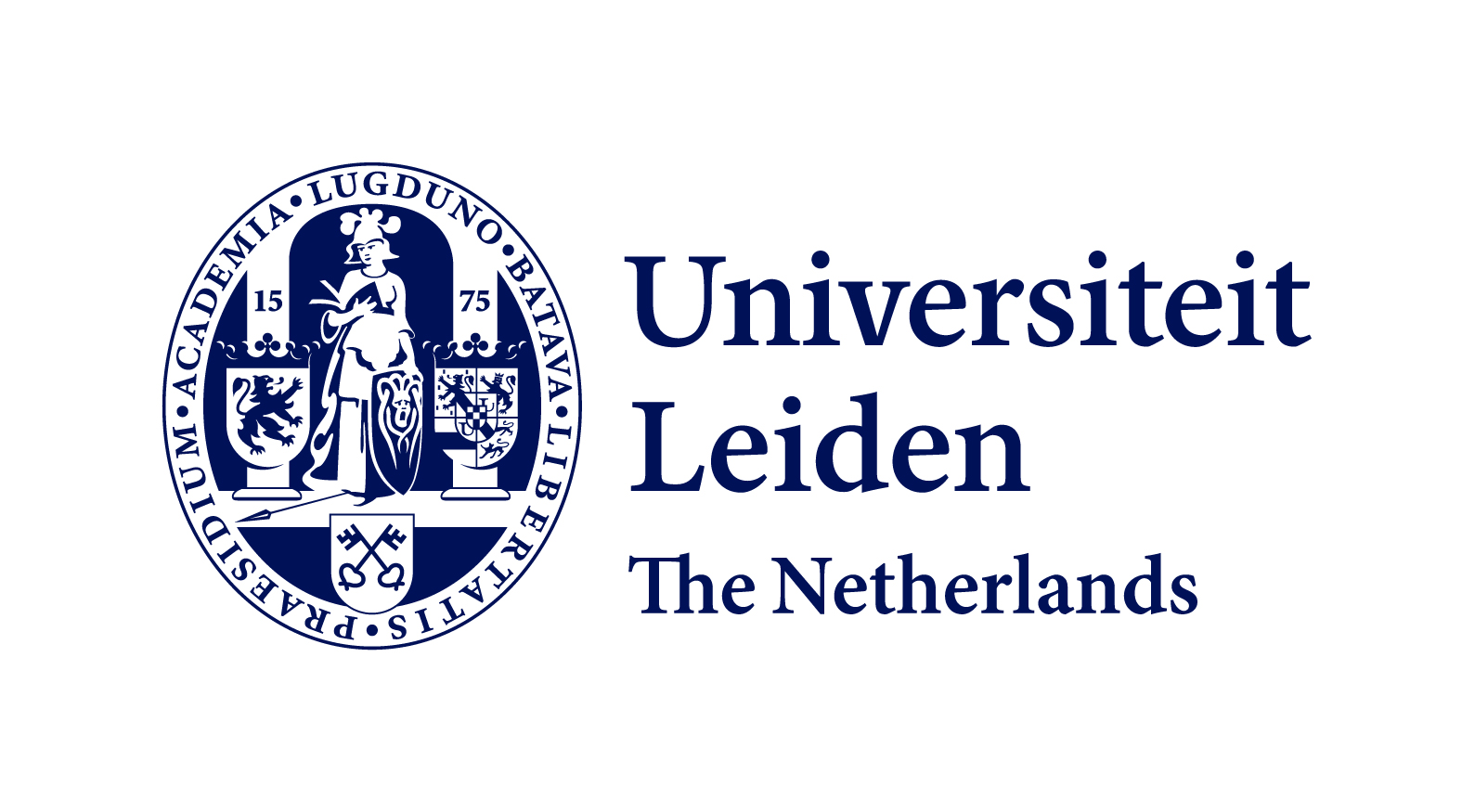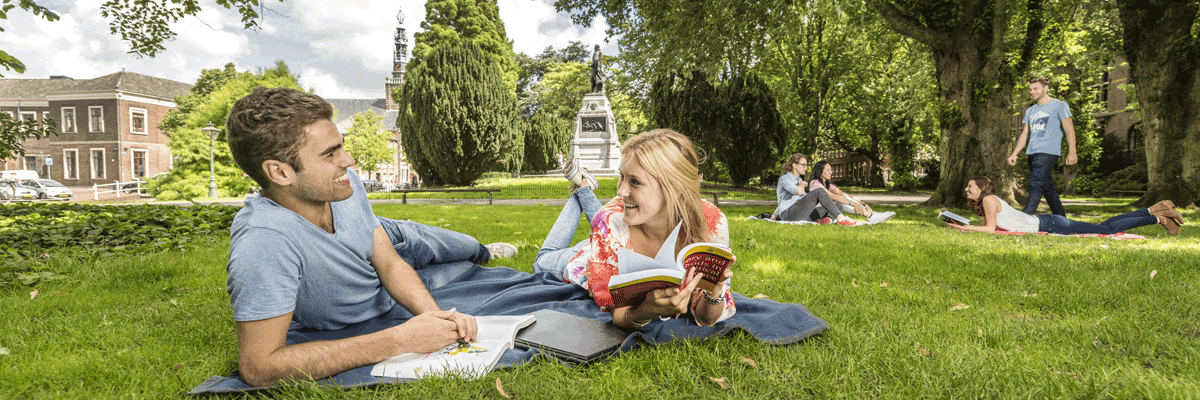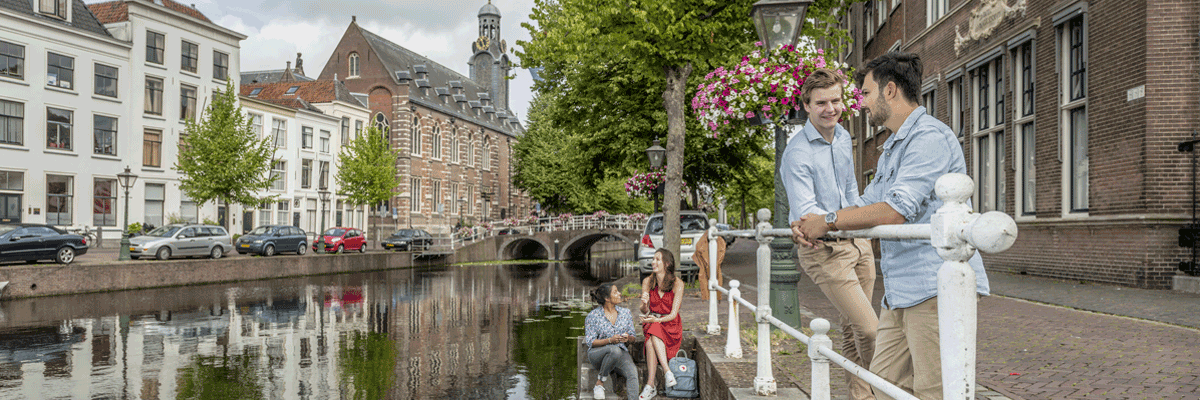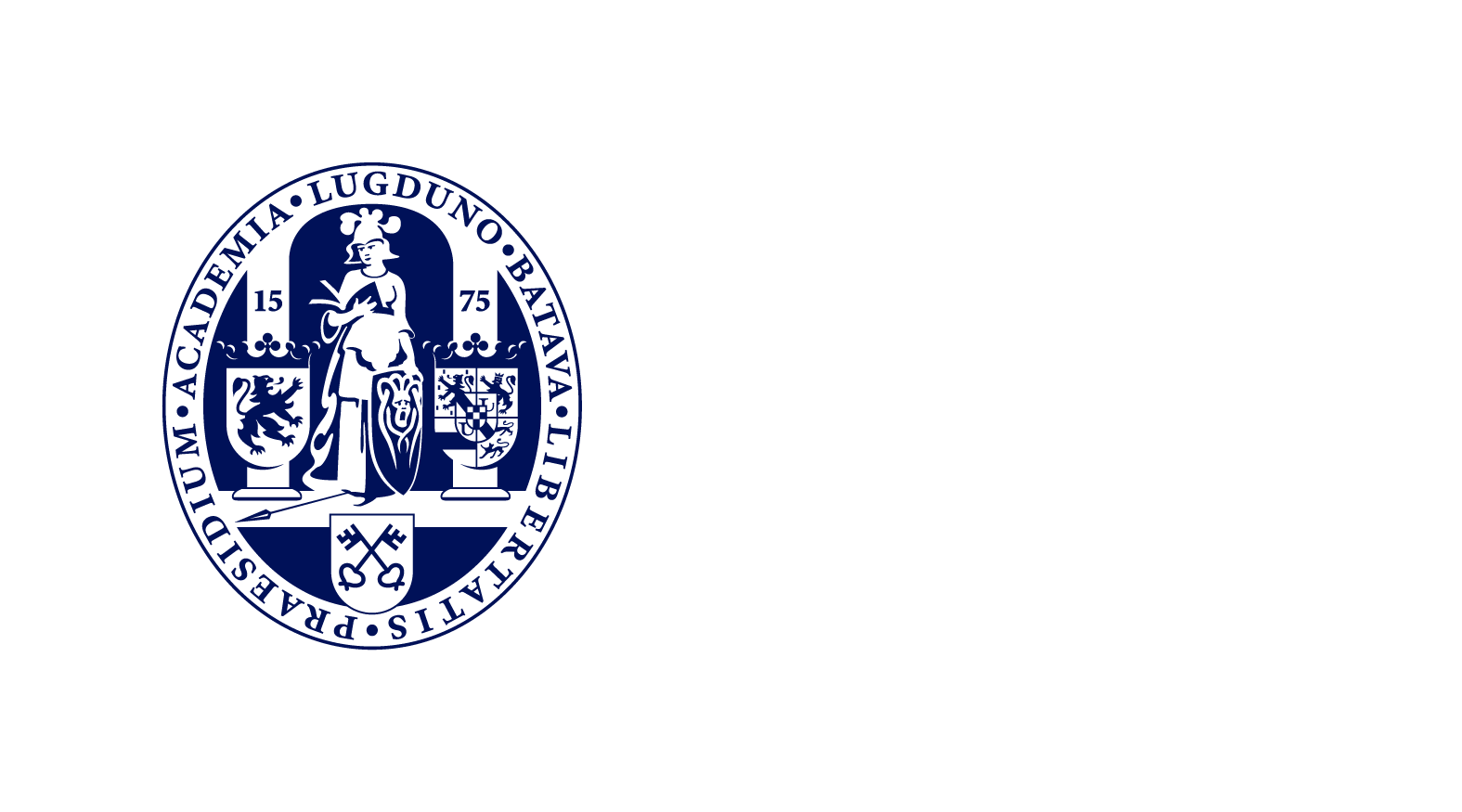Conclusions following survey March-April 2018
We would like to thank all the members of the Leiden University Panel for sharing their opinions In total, 470 panel members participated in the survey (March & April 2018). Briefly summarised: the awareness and use of Pure has increased compared to the previous measurement. In addition, transparency and clear communication is essential. Panel members are aware of the Pure offers and promotions, but still make relatively little use of them. The reasons are because they are not appealing or because there is no interest in the offers. Separating waste is considered important and there is the intention to separate waste. Separating waste has more potential if it requires little effort. As a result of this input, the University Services Department (UFB) is going to get to work on a number of points in order to improve the services:
There is a perception that the Pure product range is all about vegetarian food. It is also about healthy products, so we will explain that aspect more clearly.
Half of the panel members who are aware of Pure are not aware of the daily specials in the restaurants. The chalkboards at the entrance are therefore not attracting enough attention. We will tap into different channels in order to draw attention to these daily specials, such as the screens on the coffee dispensers.
Half of the panel members who do know about the daily specials make no use of them because the products do not appeal to them. We will review the current daily specials in order to introduce new products as daily specials. We will then communicate this.
Some people have said that they do notice the daily specials, but forget what they were once in the restaurant. We will place the daily specials in the proverbial spotlight once again in the restaurant, for example through an extra board.
The majority of the students are not aware of special theme-based promotions, such as Warm Jumper Day and Valentine’s Day. We will also communicate this better from now on.
The majority of the students have not seen the Pure Newsflash. That’s a shame, because we are not only proud of the sustainability message, but also of the paper on which it is printed, which has been made from agricultural waste. We will ensure that the following Newsflashes are distributed better.
Almost 90% of the panel members believe that separating waste is (very) important. We are pleased to hear that. However, a quarter of the panel members were not aware that Leiden University separates its waste into four waste streams. We will communicate this better.
Half of the panel members think that the waste separation boards are (very) clear. Some think that there is too much text on the boards, while others actually think that there are too few examples mentioned. This feedback will be incorporated when the boards are updated.
There is a lack of clarity about why the paper coffee cup belongs in the PMD flow and not the paper flow. That is due to the coating in the paper cup. The paper flow is washed by the waste processing company, so that the paper fibres separate from each other. The coating in the paper cups disrupts this process; the paper fibres remain stuck to the coating. The reason that the paper coffee cups do belong in the PMD flow is due to the drink packages. The technology behind the PMD process is so advanced that the machines can separate the layers of a drink packages, such as paper, film and aluminium and process them separately. If the coating of a coffee cup is separated from the cardboard, the cardboard can be reused sensibly. That’s why!
There is also a lack of clarity about why crisp packets are not allowed with the rest of the packaging material. If you examine the inside of a crisp packet, you will see aluminium. That aluminium is fused with plastic. These materials are impossible to separate from each other and must therefore be incinerated. That is why crisp packers belong with the residual waste.
Half of the panel members are actively working to prevent waste at Leiden University, e.g. by reusing their paper coffee cups. We will highlight the possibility to reuse coffee cups via the new design of the coffee cups and via the screens on the coffee dispensers.
The majority of the students at the Van Steenis Building and Campus The Hague specifically look for the waste separation stations in order to dispose of their waste separately. The fewest students do this at the Pieter de la Court Building: only a quarter. This may be explained by the fact that a waste separation station can only be found at the dishwashing area. We will look into the possibility of further rolling out waste separation stations at the Pieter de la Court Building.




